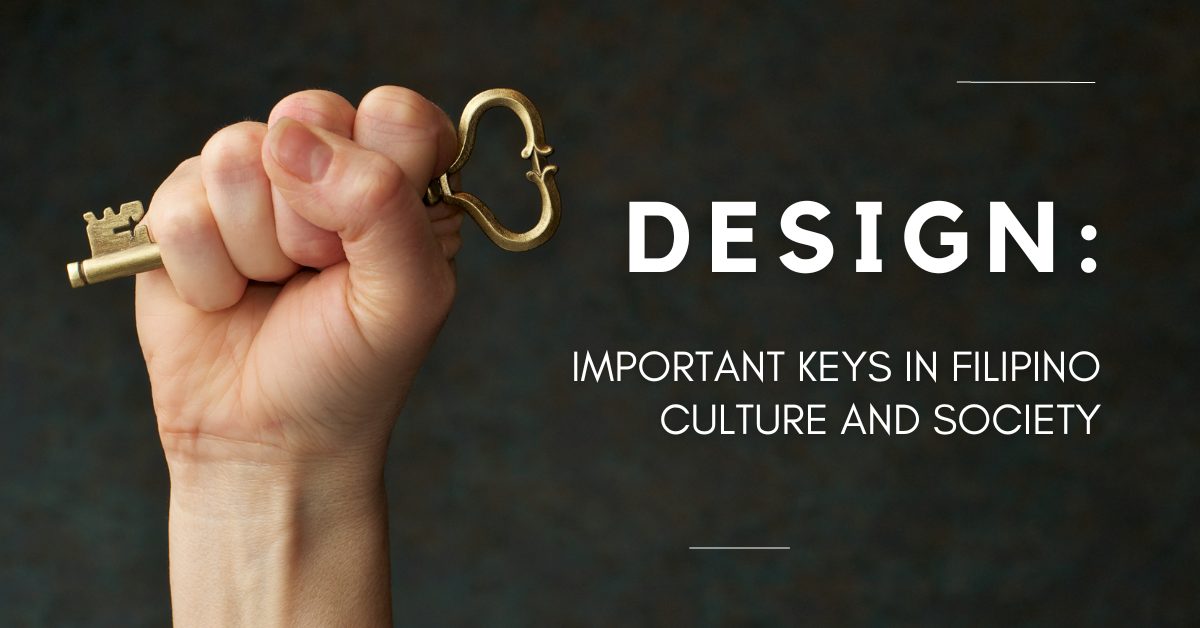Design has always been a powerful tool for cultural expression and identity. In the Philippines, design plays a crucial role in shaping the country’s cultural landscape, from traditional arts and crafts to contemporary design trends. This article will explore the role of design in Philippine culture and society, examining how it reflects the country’s unique history, values, and identity.
The Influence of Philippine History on Design:
The Philippines’ history of colonization, revolution, and cultural exchange has left an indelible mark on its design traditions. For example, the Spanish colonial period introduced new materials and techniques to Philippine art and architecture. These influences can be seen in the use of wrought iron, stained glass, and ornate carving in many historical buildings. Similarly, the American occupation introduced new ideas and aesthetics that continue to influence contemporary design in the Philippines.
The Importance of Traditional Crafts in Philippine Design:
Craftsmanship is a valued tradition in the Philippines, with many communities still preserving their traditional craft techniques. These skills are passed down from generation to generation and have become an important aspect of Philippine cultural identity. For example, the use of indigenous materials like bamboo, rattan, and abaca in furniture and home decor is a hallmark of Philippine design.
The Emergence of Contemporary Design in the Philippines:
As the Philippines moves towards a more modern and globalized economy, contemporary design has emerged as a significant force in shaping the country’s visual identity. Filipino designers are creating unique pieces that draw inspiration from the country’s rich history and cultural heritage. From graphic design to fashion, Filipino designers are making their mark on the international design scene.
The Role of Design in Social and Environmental Issues:
Design can also be a powerful tool for addressing social and environmental issues in the Philippines. For example, some designers are working to create eco-friendly furniture and home decor using sustainable materials like bamboo and recycled plastics. Others are using design to create community-based projects that promote social development and empowerment.
Conclusion:
In conclusion, design plays a critical role in Philippine culture and society. Whether it’s preserving traditional crafts, reflecting the country’s history and values, or addressing social and environmental issues, design is a powerful tool for shaping the country’s visual identity and creating positive change. By recognizing the importance of design in Philippine culture and society, we can foster a greater appreciation for the role of creativity in our lives. Check here for the future of Filipino Graphic Design trend and technologies.

